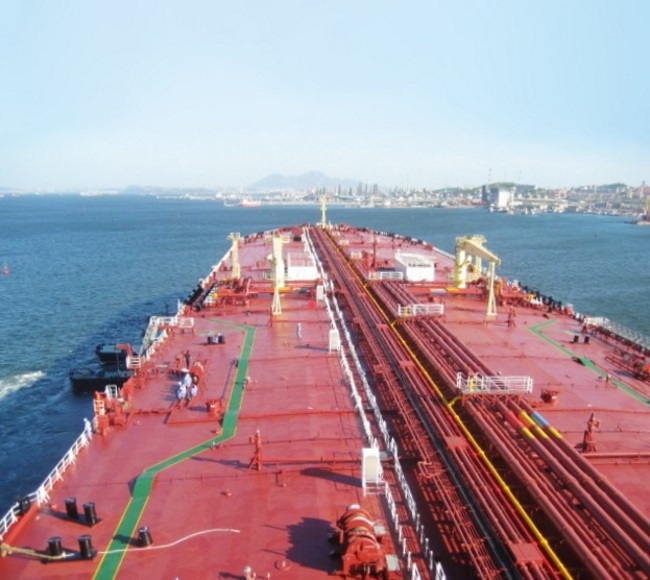The tanker market is headed for a multi-year period of lower tonnage supply, which could help offset any dips in demand. In its latest weekly report, Gibson said that “with the global economic picture continuing to be dominated by bearish sentiment, and oil prices falling to lows not seen since the start of the year, the picture couldn’t be more different in the tanker market. Volatility remains extreme, rates are strong and sentiment is elevated ahead of the anticipated seismic shift in oil trade flows. Whilst historically tanker markets have sometimes performed well in economic downturns, this is usually driven by supply and demand mismatches, which triggers a contango and associated floating storage or trading inefficiencies. However, this time it will be different. Oil demand still has some upside and although growth rates risk being revised lower, tonne miles are growing, and high gas prices have encouraged a switch from gas to oil in power generation. These factors combined with low fleet growth, should be enough to sustain and perhaps even improve tanker markets into 2023. However, there are a number of key interrelated dependencies”.
According to the shipbroker, “firstly, oil demand must avoid a major collapse with this being largely reliant on developing economies such as India and China to offset sluggish growth in the OECD and struggling emerging economies. China alone accounts for 48% of 2023’s total oil demand growth, highlighting how dependent the market is on China adopting a new covid strategy. Secondly, Europe must continue to implement oil sanctions on Russia. If the EU backtracks, or Russia ends the conflict (although unlikely in light of latest events), then the seismic shifts in trade flows predicted for 2023 would fail to materialise, limiting tonne mile demand growth, which if combined with weaker economic growth, would serve as a double blow to the tanker market. However, if the war was to end, then the economic outlook would also improve, softening the downside”.
“OPEC+ also have a role to play in the fortunes of the market. With Russia’s position within the group, the political complexities are acute. But the biggest risk here is a major production cut in an attempt to put a floor under oil prices, which depending on the macroeconomic outlook could remain under pressure in 2023. If OPEC+ opts for a production cut, then VLCCs in particular could be impacted. However, again here it is worth noting that OPEC+ is already underproducing by around 3.4 million b/d, so any production cut might be merely symbolic, depending on how they were allocated across the group. Other factors to consider include the strength of the US dollar versus other currencies, the expected winding down of US SPR sales, Chinese export quotas and sanctions policy towards Iran and Venezuela, all of which influence the outlook”, Gibson added.
“However, amongst all this uncertainty, one thing is certain – vessel supply. Tanker fleet growth is slowing and very few yard slots remain available before 2025. The fleet is ageing and IMO regulations will reduce the trading capacity of the fleet. These factors suggest that the tanker market might better navigate a weaker demand environment than previous downturns, when weak demand typically coincided with a period of higher supply growth. However, the outlook for the tanker market has never been so uncertain. If the economic turmoil does spiral out of control and sanctions against Russia are repealed, then the outlook could look very different. Perhaps taking longer term time charter coverage sooner, rather than later might be the optimal strategy for owners”, the shipbroker concluded”, Gibson concluded.
Source: Hellenic Shipping News






